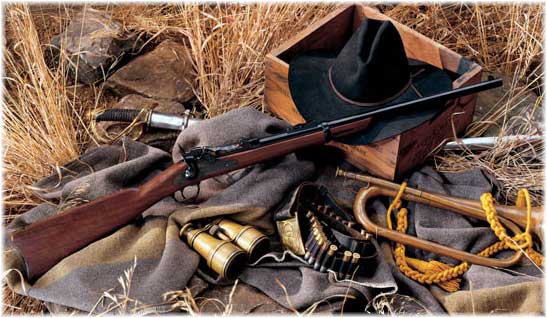Bang! The Preparation For The Hunt

November 16, 2018
For some, opening day of gun season is a time to get outdoors and enjoy what nature has to offer. For others, it is a holiday where they take off work, head up North, and “if it’s brown it’s down.” Opening day of gun season is finally here and for some reason half of the student body had doctors appointments. Not surprising when excitement is in the air and deer are dropping left and right. In this article, we are bringing you all the tips, tricks, and hunter’s secrets to assist in your wildgame experience.
“Use scent killer spray and scent free clothes,” said Noah Evers ‘19. A hunter’s least favorite thing to hear out in the woods is the snort wheeze of a nearby deer. This typically means the deer picked up on your scent and was spooked.
Using scent killer will dampen the smell of human when out in the woods. Simply spray yourself down with the bottle and go on your merry way. There is even laundry detergent and deodorant available to use. Washing your gear at least once a year and hanging it outside to collect the particles of nature is a good idea.
All this is great, but playing the wind is the most important tactic to use. There is no way for deer to smell you if the wind is pushing the scent away from them. Stay downwind. Do not let a deer get spooked by scent; spook it with a bullet.
“We have acorns, food plots, and lots of greenery,” said Thomas McGorman ‘20. Providing deer with a food source is an important aspect to the whole hunting process. Whether this be a corn field, food plot, or even a bait pile, deer need food to stay around and live. Find yourself a good solid oak tree and set up a few yards away. Once food and water is available, bedding areas are needed to find where the deer are sleeping. The area in between a food source and a bedroom is called the transition zone.
“I believe hunting these transition areas will bring deer right by you,” said Evers. Instead of hunting an area where deer come and stay, a transition zone will act as the highway on which deer travel back and forth. Hitting these pathways will open up greater opportunities to shoot more deer.
Just like humans, deer want to explore the outdoors in optimal conditions.
“During times of high pressure, the deer are up roaming and eating. In low pressure systems, the deer tend to be more spooked,” said meteorology teacher Scott Evans. With a high pressure system, hunters can expect fairly clear weather with little wind or precipitation. This is because wind and clouds flow from areas of high pressure to low pressure. This airstream picks up precipitation. A great forecast equals a great hunt.
On the other hand, a low pressure system brings the complete opposite. Rain and wind tend to force the deer to bed down and stay tucked away for the day. If you are expecting rain, do the rain dance the night before.
Time after time again, sitting in the stand for hours with no results is a common occurrence. A way to increase the odds is to use a calling mechanism.
“I use a normal grunt call or a set of antlers to mimic two bucks sparring,” said Evers. Deer will often here these sounds and become curious. During the rut, a period of time when the deer are mating, calls work exceptionally well. Bucks will be looking to find the perfect significant other, and follow the traces of females. Occasionally, jealousy will cause bucks to fight over a young broad. Using a pair of antlers to copy this fight will draw a crowd. Adding calls to your equipment bag might be just what you need to take down that record twelve point.
As a novice, mediocre, or veteran hunter, following these tips may increase the likelihood of a kill, now just don’t miss. Happy hunting!

